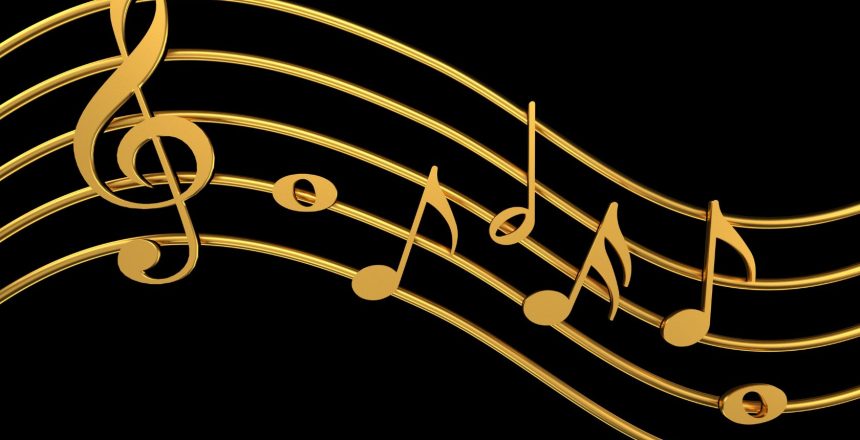If you’re a songwriter with little experience with musical instruments, you may feel intimidated by the idea of reading staff notation. However, learning to read staff notation can be incredibly valuable in your songwriting journey. Staff notation is a system of musical notation that uses a series of symbols placed on a set of horizontal lines, or staves, to represent pitch and rhythm.
Here’s why you should learn how to read staff notation and how to get started:
Communicating with other musicians
Staff notation is the most widely used form of musical notation, so knowing how to read it will allow you to communicate more effectively with other musicians. Whether you’re collaborating with a band or simply working with a producer, being able to read and write music will help you better convey your ideas.
Song arrangement
Knowing how to read music can help you arrange your songs more effectively. When you can read sheet music, you can easily see the structure of a song and understand how different parts fit together. This can help you make informed decisions about how to arrange your song for maximum impact.
Improving your musical knowledge
Learning how to read staff notation will help you better understand music theory concepts. You’ll be able to see how different notes and chords are used in different contexts, which can help you make more informed decisions when writing your own music.
To get started with staff notation, you’ll need to learn the basics of musical notation. The five horizontal lines on the staff represent different pitches, with higher pitches represented by higher lines. Notes are represented by oval-shaped symbols that are placed on or between the lines. The note’s position on the staff indicates its pitch, and the shape of the notehead indicates its duration.
In addition to notes, staff notation also includes other symbols, such as clefs, key signatures, and time signatures. Clefs indicate which notes are represented by each line, while key signatures indicate which notes are sharped or flatted throughout the song. Time signatures indicate the rhythm of the song and how the beats are grouped together.
If you’re new to reading music, it may be helpful to start with simple melodies and work your way up to more complex pieces. You can find sheet music for thousands of songs online or in music stores. Once you’re comfortable reading basic sheet music, you can begin practicing more advanced concepts like chord progressions and musical arrangements.
In addition to practicing with sheet music, it can also be helpful to work with a music teacher or mentor who can guide you through the process of learning to read music. They can help you identify your strengths and weaknesses and provide personalized guidance on how to improve your skills.
Learning how to read staff notation is a valuable skill for any songwriter. While it may seem daunting at first, taking the time to learn and practice can greatly enhance one’s understanding and ability to create music. Whether you’re starting out as a songwriter or have been writing for years, adding staff notation to your skillset can only benefit you in the long run. So don’t be afraid to dive in and start learning!





